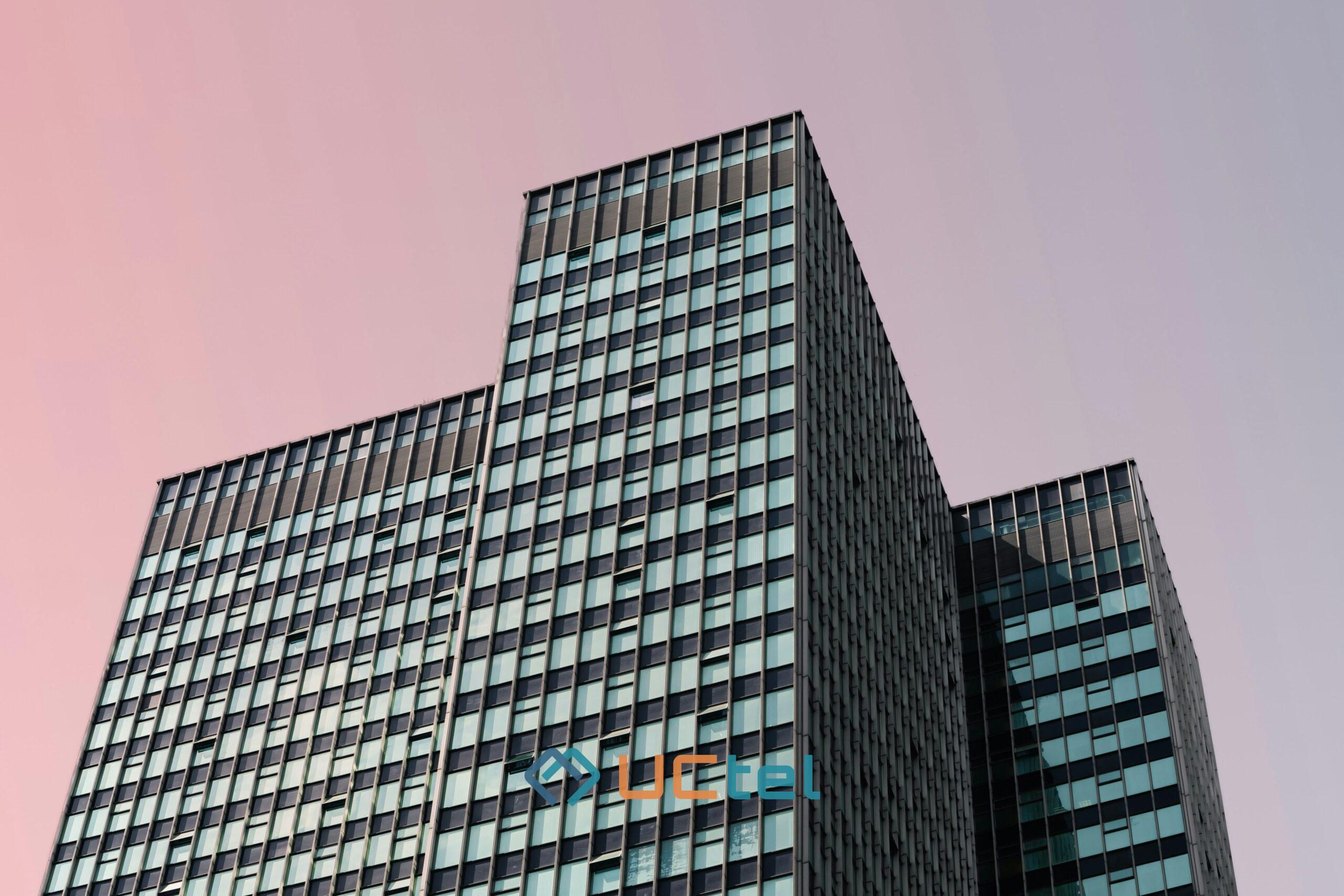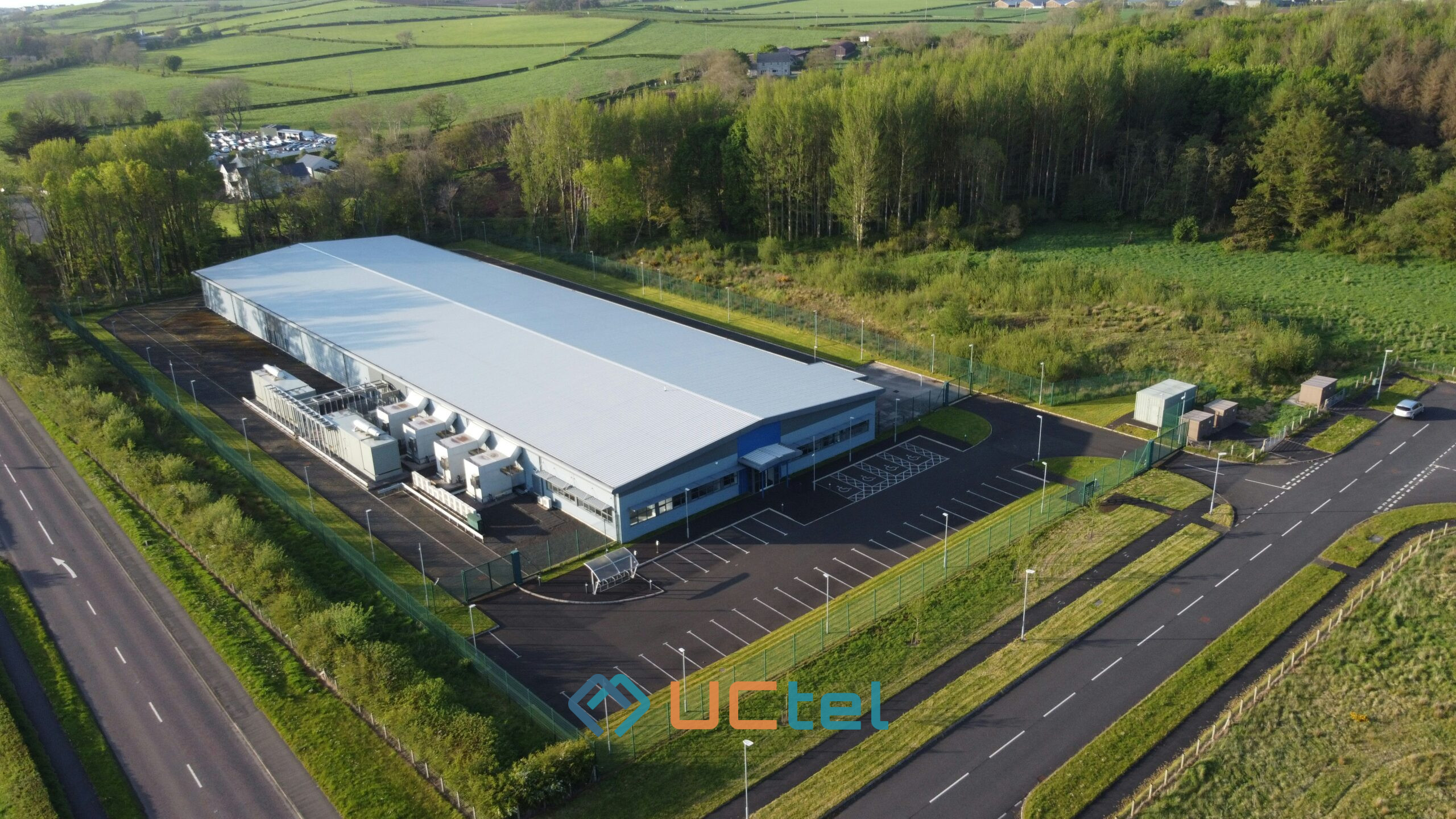How to Manage Multiple Mobile Operators on One Site?

Table of contents
Updated September 2025
Whether it’s an office complex, university campus, hospital, or large venue, people expect strong mobile signal from their own provider — not just one. Traditionally, building owners assumed this required operator-run infrastructure or complex neutral-host agreements. In reality, modern Ofcom-compliant booster systems now make it possible to deliver multi-operator coverage quickly and cost-effectively.
This guide explains why multi-operator coverage matters, how booster-based systems work, and the steps organisations can take to create a seamless experience for every user on their site.
Follow-Up Questions
Can one system really support multiple UK mobile operators?
- Yes. Modern enterprise booster systems can deliver signal for EE, O2, Vodafone and Three simultaneously under Ofcom’s licence-exempt framework.
Do I need a neutral-host agreement to achieve multi-operator coverage?
- Not always. Booster-based solutions can provide multi-operator connectivity without complex neutral-host contracts, although very large or public-access venues may still opt for a traditional neutral-host or DAS model.
How long does it take to install a multi-operator system?
- Most installations are completed in days rather than months, with minimal disruption.
Can the system scale as the building grows or changes?
- Yes. Modular architecture allows antennas or zones to be added as your site expands.
Is it legal and safe to boost multiple networks indoors?
- Yes. Only Ofcom-compliant, licence-exempt technology is used to ensure legal and safe operation in the UK.
Why Multi-Operator Coverage Matters
Managing several networks on a single indoor system brings clear benefits:
- Consistent experience: all visitors, tenants, and staff enjoy reliable signal regardless of their provider
- Cost efficiency: a single shared system reduces hardware duplication and cabling
- Space saving: shared antennas and cabling reduce equipment footprint
- Operational simplicity: one system to monitor, maintain, and upgrade
For campuses, venues, and multi-building estates, a well-designed booster deployment can cover all major UK operators in one Ofcom-compliant installation.
How Booster Systems Enable Multi-Operator Coverage
Ofcom-compliant booster systems capture existing outdoor mobile signals and distribute them indoors using modular antennas and low-loss cabling. Unlike traditional neutral-host infrastructure, these systems are licence-exempt, quick to deploy, and can be scaled from a single building to a full campus.
Key advantages of booster systems:
- Supports all major UK networks simultaneously
- Modular and scalable – add antennas or zones as your site grows
- Fast deployment – minimal disruption to operations
- Lower cost of ownership – no neutral-host contracts or operator fees
- Future-proof – upgradeable as new frequency bands or services roll out
Specialist integrators such as UCtel design and install these systems, ensuring optimal placement, compliance, and performance for every operator.
Designing a Multi-Operator System
Every site is different. A robust project typically starts with a detailed survey to measure outdoor and indoor signal conditions for each operator, then moves into a system design phase to deliver full coverage.
Typical steps:
- Site Survey & Audit: measure existing coverage, interference sources, and operator performance
- System Design: plan donor antennas, cabling routes, and indoor antenna placement
- Compliance Check: verify Ofcom licence-exempt parameters and building safety standards
- Installation & Commissioning: phased rollout to minimise disruption
- Testing & Optimisation: confirm signal strength and performance for each operator
- Ongoing Monitoring: dashboards and alerts ensure consistent quality across all networks
Because booster systems are modular, additional antennas or zones can be added later without rebuilding the entire setup.
Operations and Ongoing Support
Multi-operator coverage isn’t just a one-off project, it benefits from active management. Managed services can include:
- Remote monitoring of performance for each network
- Firmware updates and proactive optimisation
- Scheduled maintenance checks to maintain cabling and antenna integrity
- Service Level Agreements (SLAs) to ensure consistent reliability
This ongoing oversight keeps the system working to its full potential and ensures that all users, regardless of mobile operator, get the experience they expect.
Best Practices for Site Owners
- Engage a specialist early – involve experienced integrators during the planning stage
- Design for growth – ensure the system can expand as occupancy or floor space increases
- Think multi-operator first – don’t limit your site to one carrier; inclusivity boosts user satisfaction
- Plan for resilience – ensure coverage for critical areas such as stairwells, basements, and emergency exits
- Integrate monitoring – centralised dashboards make it easy to maintain SLAs and detect issues early
Conclusion
Managing multiple mobile operators on one site no longer requires complex contracts or operator-run infrastructure. With Ofcom-compliant booster technology and expert system design, organisations can deliver seamless, multi-operator coverage across offices, campuses, hospitals and large venues quickly and cost-effectively.
📞 Contact UCtel today to book a site survey and discover how a booster-based approach can transform your building’s mobile coverage into a truly inclusive experience for every network.
Frequently Asked Questions
Can booster systems support all operators at once?
- Yes. Modern systems can amplify EE, O2, Vodafone and Three simultaneously under Ofcom’s licence-exempt framework.
Do I need a neutral-host agreement to get multi-operator coverage?
- Not always. Booster systems achieve multi-operator coverage without neutral-host contracts, lowering cost and complexity for most sites.
How long does installation take?
- Most deployments are completed in days rather than months. Large or multi-building rollouts can be phased with minimal disruption.
Is this legal and safe in the UK?
- Yes. Only Ofcom-compliant, licence-exempt technology is installed to ensure compliance with UK regulations.
What’s the ROI of a multi-operator system?
- Higher satisfaction for tenants and visitors, fewer complaints, and reduced support calls — benefits that often offset installation costs quickly.





